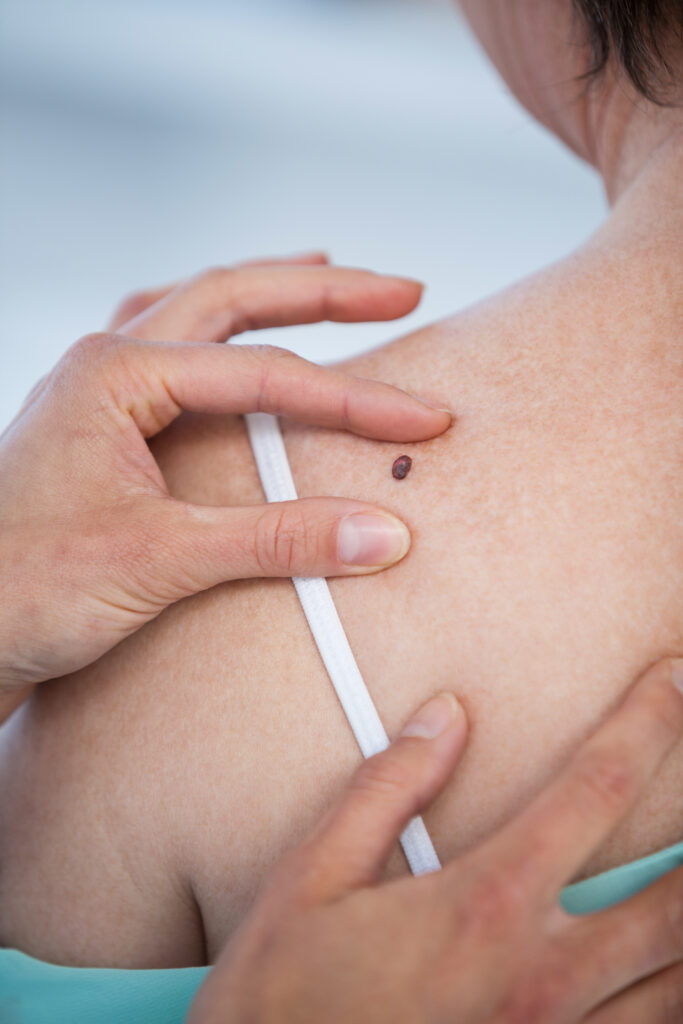Medical doctors and Surgeons
Melanoma: new approaches and implications for prevention

Cutaneous melanoma represents a growing challenge for the medical community, with a significant increase in cases over the last decades. Recently, some experts in the field have gathered in Turin to discuss the most recent innovations in treating and preventing this pathology. The conference entitled “Non solo melanoma”, organised by doctor Franco Picciotto, head doctor of the “azienda Ospedaliera Universitaria Città della Salute e della Scienza di Torino”, in collaboration with the Dermatological Clinic of the University of Turin, saw the participation of hundreds of experts from various disciplines, emphasising the importance of multidisciplinary treatment in an oncological context.
«The multidisciplinary approach represents the perfect reason to provide patients with the best therapeutic strategy – introduces Picciotto -. This meeting of scientists involved the Nation’s best experts in the field and the programme focused not only on melanoma but also on other skin neoplasms, including the rare kind, I’m referring to carcinoma and Merkel cells».
New treatments
« Skin cancers make up around 20% of all oncological pathologies and are continuously increasing in terms of occurrence.» comments doctor Picciotto. Advancements in treating melanoma have revolutionised the therapeutic landscape. «Today medical oncologists have a whole category of immunotherapeutic drugs and molecular targeted therapy at their disposal, which have completely changed the field by catching melanoma in always more advanced phases. What’s new is the possibility of administering, in some patients, the mRNA vaccine – which is technically very similar to the covid vaccine – associated with a classic adjuvant treatment ».
Importance of preventing skin cancer
Prevention remains crucial in fighting melanoma. «We’re talking about primary prevention which refers to life styles.
It’s important for the youth and children to avoid sunburns. Since they are the most susceptible group, exposure to the sun must be careful and not excessive. There’s however a long way to go and a real lack of an educational campaign on a National scale similar to the ones done recently in Australia and the United States».
These campaigns would be effective in sensitising the public regarding the risks of excessive exposure to the sun and would promote early diagnosis through carefully self-monitoring one’s moles. «Secondary prevention, on the other hand, refers to early diagnosis especially through monitoring moles. This is why it’s recommended to have a yearly dermatological check-up, especially for those who have more than 50 moles».

Despite a constant increase in cases, significant progress in early diagnosis and therapies have been made, making the possibility of beating the cancer more likely. However, highlighting health education and prevention is crucial to further reducing the illness’s occurrence and better public health. «Its occurrence has increased to the point that , in the last 20 years, the number of cases has doubled. In Italy the estimated cases per year are around 15 thousand».
Occurrence of melanoma
«Important data from 2020 report that, in our country, melanoma is the second most common form of tumour among men under 50 and third most common in women under 50. There’s also a geographic variable when it comes to melanoma occurrence in Italy, being more frequent in the south». Comments doctor Picciotto.
Around 10% of patients affected by melanoma have a genetic predisposition to the disease. This underscores the need to carefully monitor individuals who may be at risk. These can be people who have a history of melanoma in the family or sunburns as teenagers, light skin and blonde or red hair, freckles, large number of moles, changes in existing moles or new moles developing in adults, and the presence of congenital moles of a large size. However, thanks to progress made in prevention and early diagnosis, melanoma in initial phases can be treated effectively with surgical procedures. Underscoring the importance of dermatologists in recognising suspicious or risky lesions.
«Survival after 5 years of melanoma has reached eightyseven percent. To reduce cases a strong educational campaign is paramount, backed by, for example, the ministry of Health, and in collaboration with other ministries such as public education and the ministry of Defence. In order to educate young people on the risks of prolonged exposure to ultraviolet rays». Concludes dr. Picciotto.
Meetings, such as the conference “not only Melanoma”, are crucial to provide an important platform in which to share knowledge and experience, promoting a better understanding and management of melanoma. It’s fundamental to keep investing in research, prevention and education to deal with this continuously evolving challenge and better patients’ chances of survival.




































